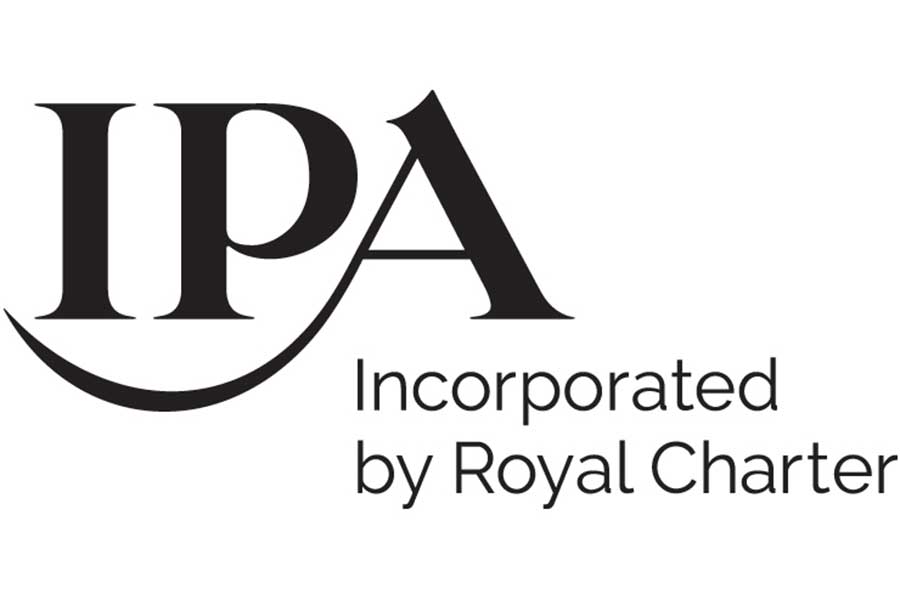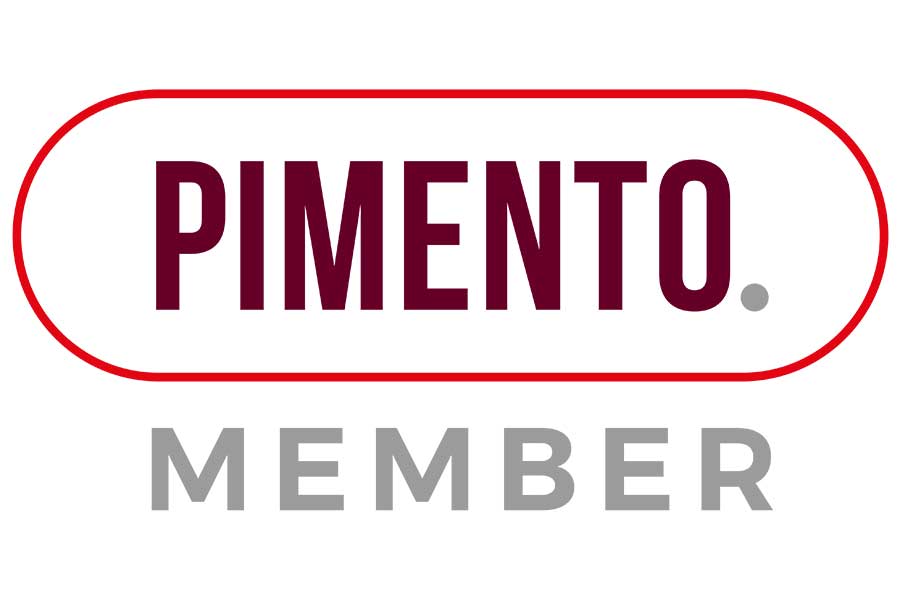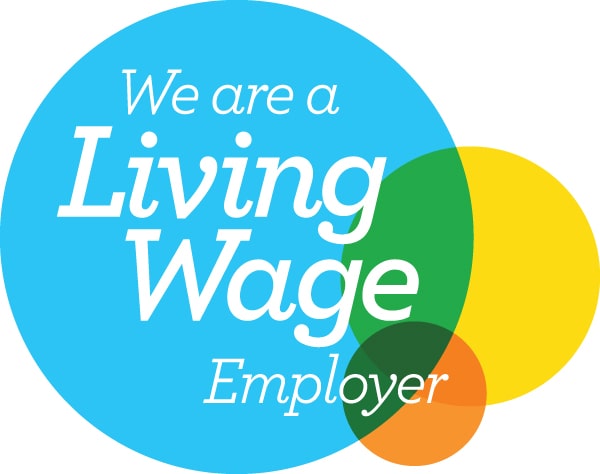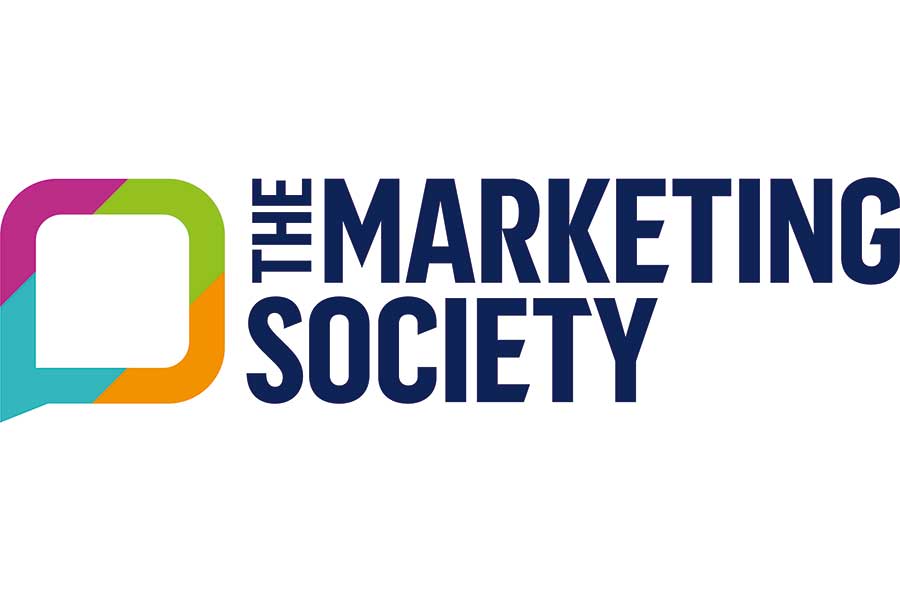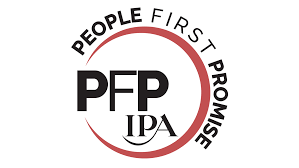By Ciaran Deering, Head of Online, The Grove Media
It won’t have escaped your notice that social commerce is booming right now. The UK’s social commerce industry is set to double in size over the next four years, rising from £7.4 billion to almost £16 billion by 2028. This is 10% of the total online commerce market and sees social commerce growing four times faster than overall e-commerce sales.
Not surprisingly, this huge growth is being fuelled by the shopping behaviours of Millennials and Gen Z. Almost 80% of this combined cohort now integrate social media into their shopping journey. And Gen Z are 117% likelier to shop from influencers than all shoppers.
TikTok has become the social commerce platform of choice for Gen Z and Millennials. In the UK, TikTok’s audience demographics are heavily skewed towards younger age groups – 76% of online users aged 15-24 in the UK engage with the app. With ownership uncertainty in the US, TikTok sees Europe as its growth market. Earlier this year, TikTok expanded its e-commerce offering, TikTok Shop, launching in Germany, France and Italy. It’s been available in the UK since 2021.
Most TikTok users visit shopping sites
Although TikTok’s average daily usage is lower than some other platforms, at 13 minutes per day for UK adults in May 2024, this increases to 64 minutes per day for 18-24-year-olds. Importantly, a massive 76.3% of TikTok users visit shopping sites, according to the platform’s research.
For brands looking to drive sales directly from the platform, TikTok has a variety of advertising ad formats, such as In-Feed, TopView, Brand Takeover, Branded Hashtag, Spark, and Branded Effect. While TikTok Shop is designed for brands to sell directly from the app, it’s also a great advertising platform for reaching in-market shoppers. TikTok’s Video Shopping Ads and LIVE Shopping ads are also becoming very popular with advertisers.
Getting started with ads on TikTok
While TikTok’s site makes it look super easy to advertise on the platform, there are several important considerations for advertisers looking to get started. Before you even get to the platform, you must assess your product catalogue for TikTok and decide how you are going to link to this from your ads. There are three options here:
- A scheduled feed from a hosted file (eg .xml or a Google Shopping feed)
- Via an API (eg a direct integration with Shopify)
- A manual upload
As with any new platform, start small and test and learn. I’d advise launching with organic posts on the app. With this approach you can identify posts that gain traction and amplify with paid media using Spark ads.
At this stage, your best bet is to optimise campaigns to ‘upper funnel events’, such as add to cart or product view. This builds up data quickly. Then, when you’re generating sales in the tens each week, transfer your campaign objective to ‘optimisation to sale’.
When sales build, transition to In-Feed ads
As you develop sales momentum, you can plug your catalogue directly into In-Feed ads. With this format, TikTok will automatically pull your product data into the ad. This will increase conversion rates.
You can run dynamic product ads on TikTok that will pull all relevant product info from your feed, without the need for additional creative content. An alternative to this is running a video/catalogue combination. This will allow you to create native-style video content which links to your product catalogue. This can be a better option, particularly if you also have brand related objectives. To avoid ad fatigue/burnout, it’s important to regularly refresh your creative.
Be smart with audience targeting
TikTok’s ‘Smart +’ campaign type automates your targeting, continually searching for users likely to convert from your ads. Smart+ is set to optimize to this criterion, so you’re safe to trust TikTok with your targeting.
You need to manually set targeting for standard catalogue campaigns. Here you can follow the options you’re familiar with for the likes of Meta and Google: interest & behaviour, remarketing, lookalike and so on. Make sure you select 18+ in the age setting as this will enhance audience targeting.
Set the right bidding strategy
Set your bidding to ‘Highest Gross Revenue’ or ‘Maximum Delivery Bidding’ to automatically maximise sales at the set budget level. If CPA is a concern, use the Cost Cap bidding function This specifies the highest amount you’re prepared to pay for a sale via an ad. If you’re starting ads ‘cold’, then set your CPA at 20-30% higher than your intended CPA to give you a smarter performance ramp-up.
Think carefully about your budget and schedule
Best practice here is to use a daily budget and run ads for at least seven days. If you’re using TikTok Shop Video Shopping Ads for the first time, make sure that you have a sufficient budget for the duration of the campaign. For example, look to have at least 50 times your target CPA for the ad group.
To guarantee stable ad delivery, make sure you have more budget at the campaign level versus the total of ad groups’. Begin running your ads at least two weeks before your ‘mega’ sale day. You can then gradually scale up your ad budget, eg by 30% per day leading up to the sale day. And consider running Live Shopping Ads in parallel to highlight upcoming promotions and encourage audiences to save the date.
If you’re looking to drive sales with Gen Z and Millennials and you’ve not yet made the leap to social commerce, advertising on TikTok is a great way to get started. The numbers are good, the environment is right and the formats and automated functionality can deliver great results. But as with all big, global platforms, you need to follow best practice and be smart with your decisions to ensure campaign success. If you want to talk with an expert about getting started with TikTok, then contact us at The Grove [email protected]
Photo courtesy of Glen Carrie @ Unsplash



